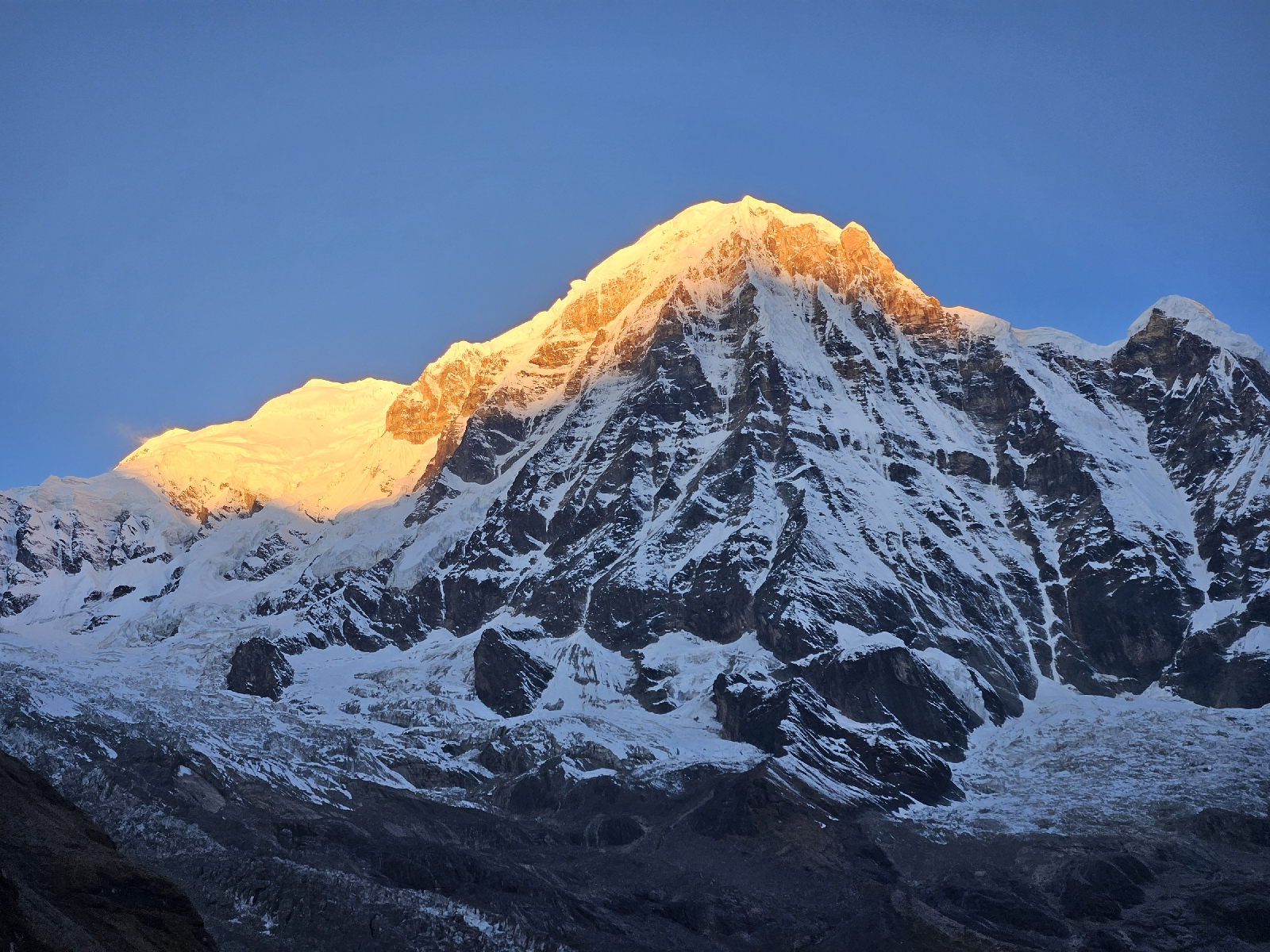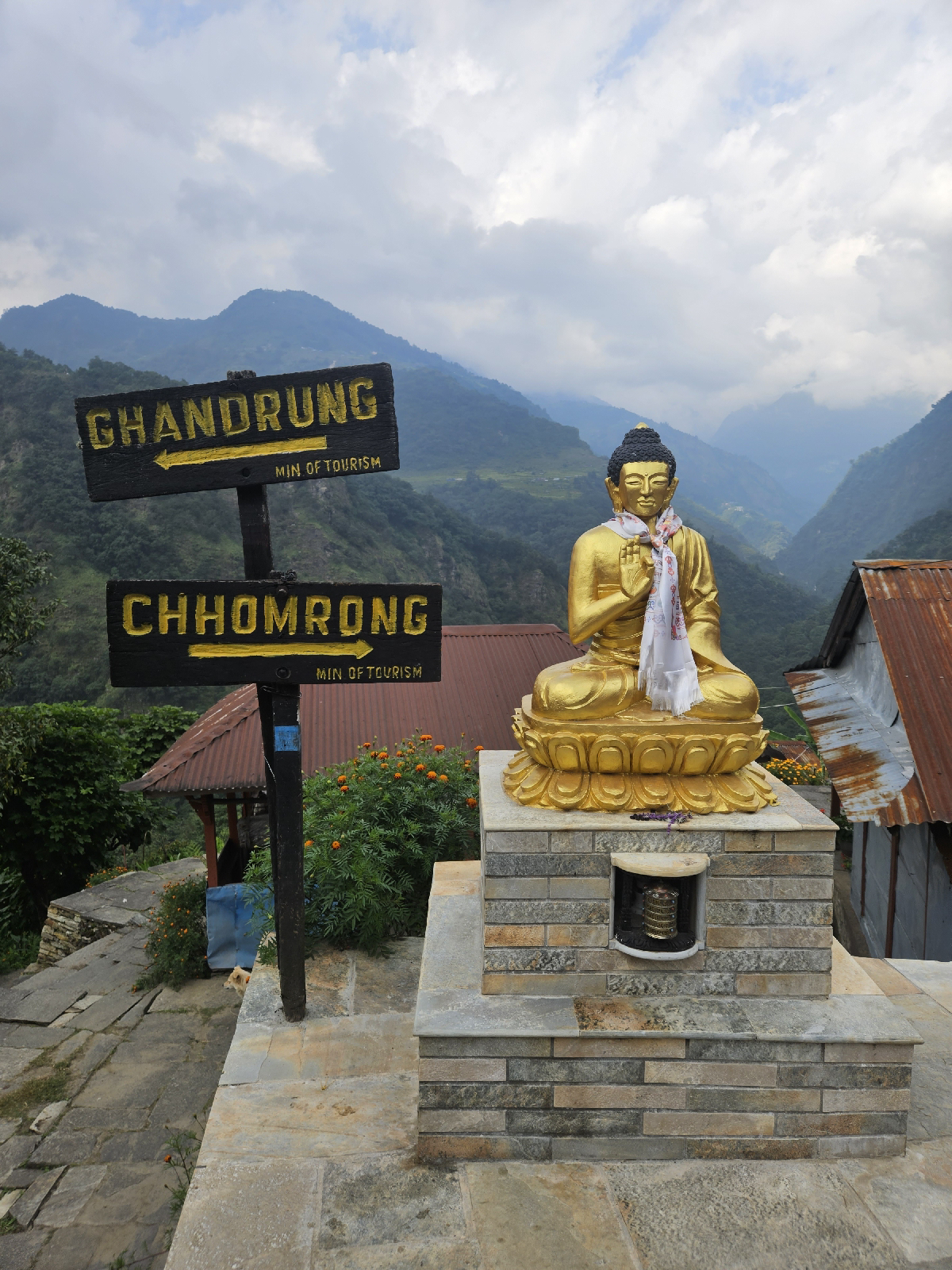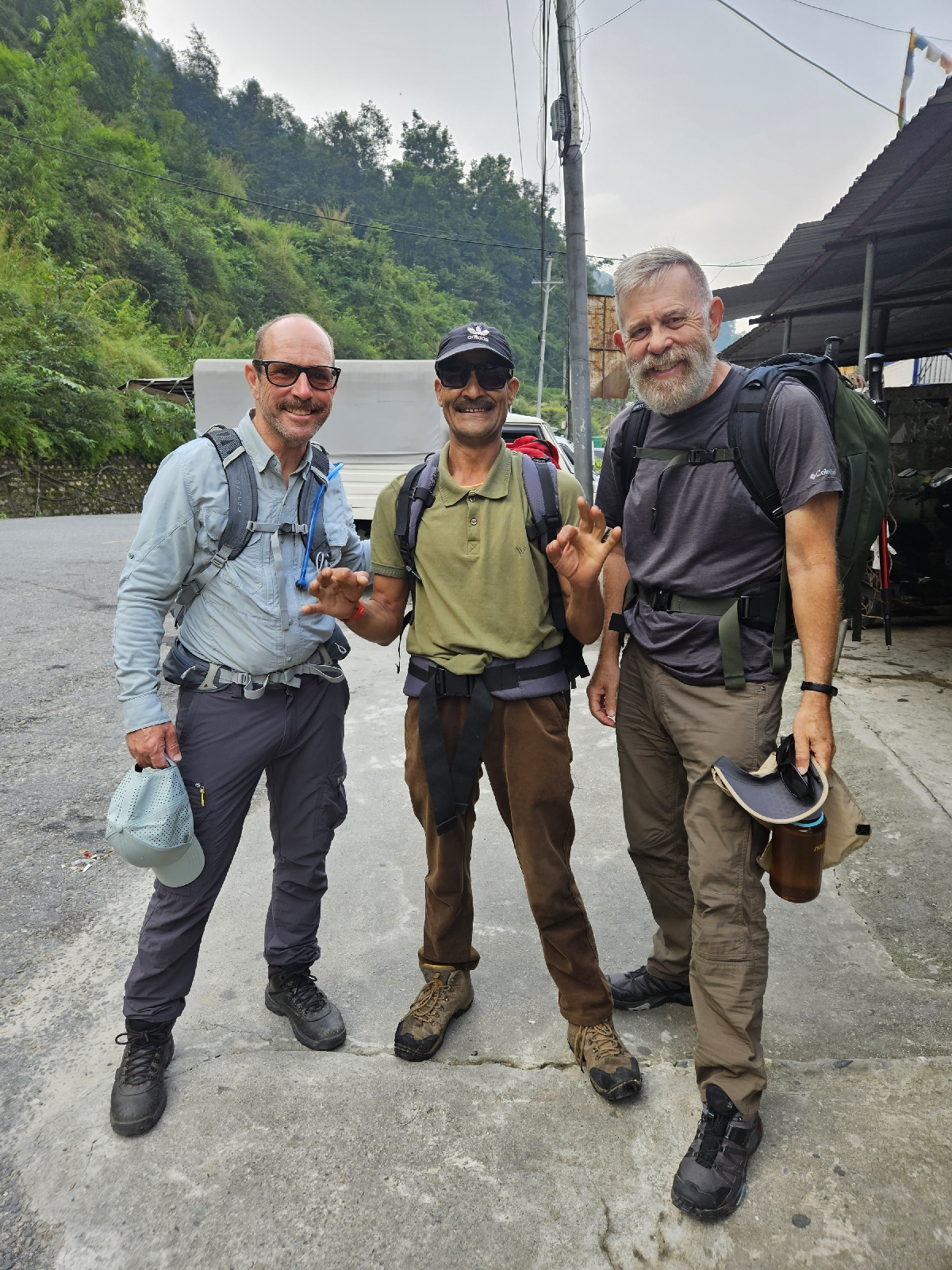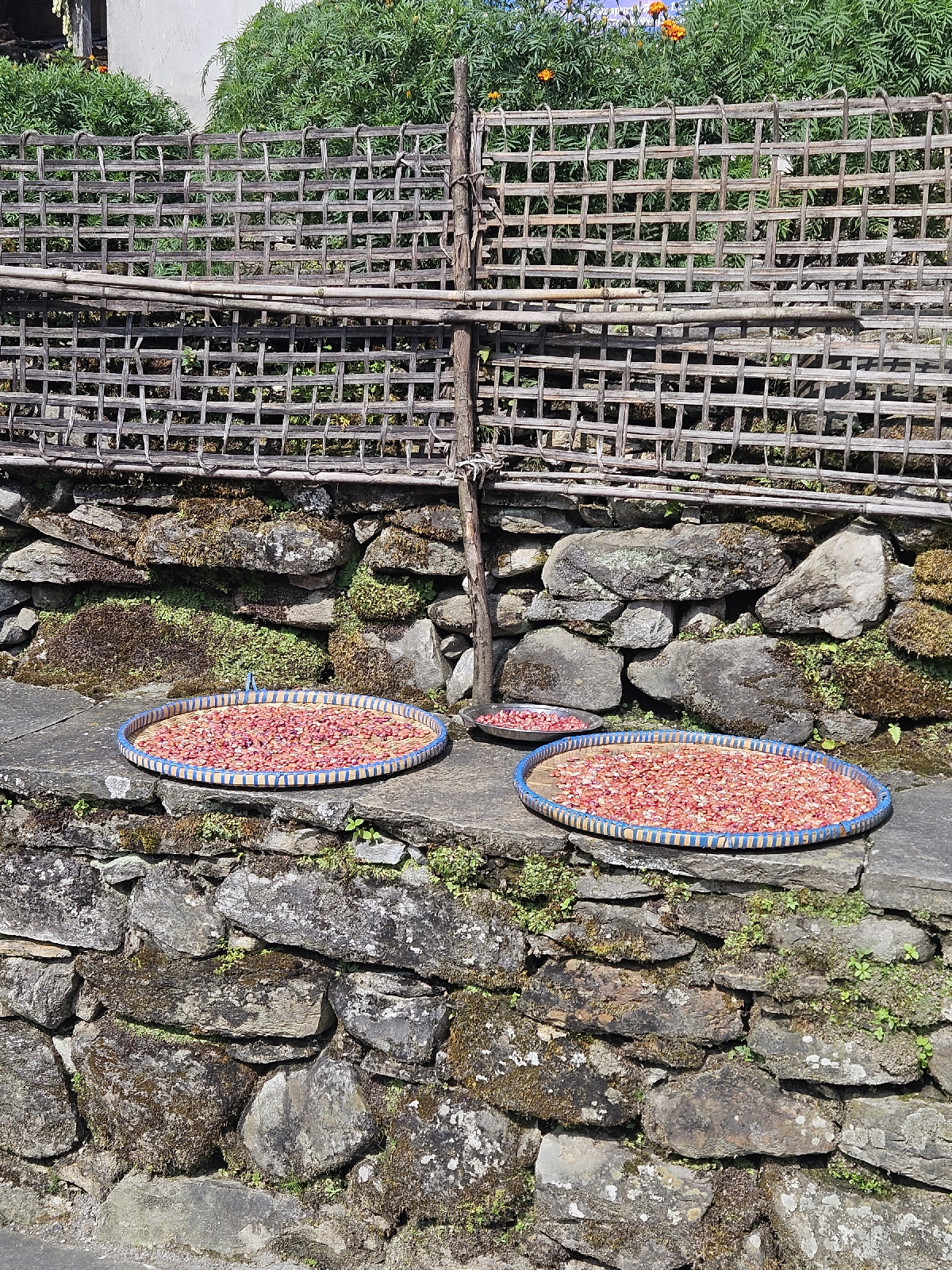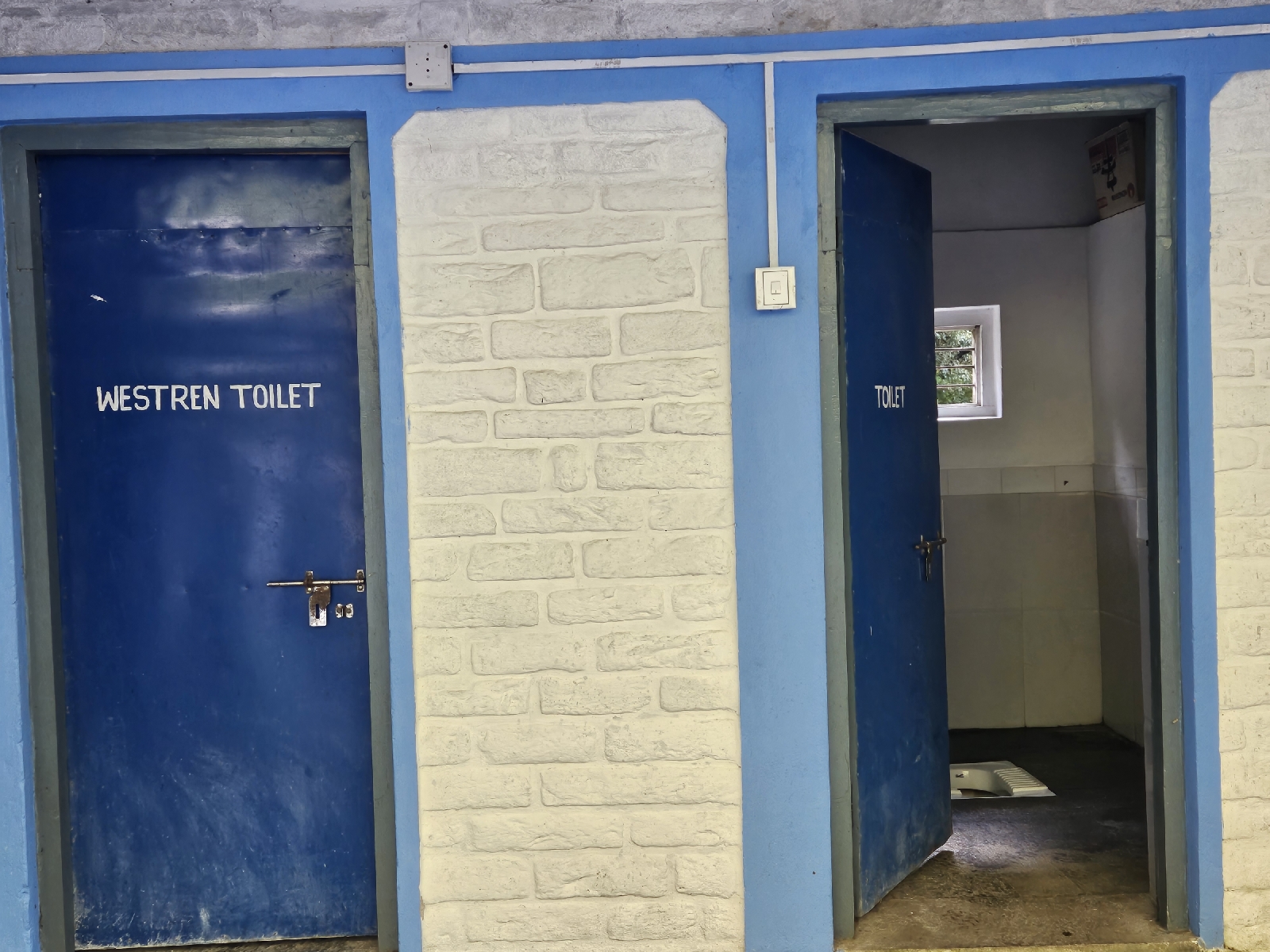I just came back from a seven day trek in Nepal. We went up to Annapurna Base Camp, which at 13,500 feet is just the starting point for mountain climbers. But for us hikers, it was the destination. The trek was almost entirely through jungle. It was also through populated mountain communities. Each night was spent at a "guest house" sometimes called "tea house" that could be thought of as a very rustic bed and breakfast. But these Guest Houses were not some far flung outposts. They were kind of like the downtowns of small villages.
My trekking buddy claims that it was a once in a lifetime experience. Forget that! I'll be back. Maybe not until 2025 at the earliest, but I will. It would be foolish not to.
But not everyone is like me, and some folks should definitely not follow in my footsteps.
Should I trek in Nepal?
These are the questions to ask yourself. (You can answer no to any of these and still trek. But these are the things I think you must consider first if you want to have a good time trekking in Nepal.)
1 Can I do multiday?
I had never hiked like that, but I rode my bicycle up and down through Big Sur camping along the way, so it wasn't a big deal. My friend who has hiked Mt Whitney, and hikes more regularly, found it a challenge.
I don't think you need to hike multiday to be ready to trek. But you do need to hike. And you do need to be able to do multiday in some discipline. Who knows, maybe sailing for a week is good preparation.
2 How do I feel about stairs?
Back home we have switchbacks. In Nepal they have stairs. Some look almost like granite steps up to a museum, others are flattish stones placed in a roughly stair-like arrangement. The rise over run ratio varies widely, sometimes within a single flight of stairs. I am 5' 7" which is definitely not short in Nepal, yet some of the steps were uncomfortably tall, especially going down.
You are not going to believe that this is the literal truth, but we climbed over a thousand vertical feet of stairs in one shot. Yes, there were a couple of landings, but it was stone steps all the way up from a river crossing to more than a thousand feet above. That was the worst one, but stairs were everywhere.
3 How do I feel about livestock?
In Nepal, you share the trail with all manner of animals. Sheep, goats, mules, ponies, buffalo, chickens. One time I passed three or four buffalo that were going up stairs quite slowly. Even if you aren't passing or being passed, you will see reminders of who went before you down the trail.
Dogs are everywhere, even laying on the highway in traffic lanes and even at ABC. Their droppings are surprisingly cleaned up. In a week, I could count the pieces of dog poop I saw on one hand, despite seeing more dogs than I have ever see anywhere in my life.
2 Can I sleep in a tent?
You won't have to. But you will be uncomfortable sleeping at some point. At the higher elevations, the window will be covered with condensation when you get up to pee at night, which you may do repeatedly. The higher you go, the less comfortable the beds.
3 Can I pack light?
I have a pretty strong DIY ethos, so I didn't use a porter. But I am also the kind of guy who never checks a bag on an airplane (not going to let them lose my bag!) I also think an eight inch square of microfiber is both a wash cloth and a towel. So your mileage may vary.
After watching countless porters pass me on the trail carrying three tourists' huge duffels tied together with rope, wearing flip flops or Chucks, I have mad respect for them. The price is quite reasonable; use a porter. And pack light.
4 Am I organized?
5 Am I a morning person?
6 Can I eat the same food day after day?
I had dal bhat at least once a day. It was always delicious. There are plenty of other things on the menu, but they were hit and miss. I once ordered mo:mos (which are delicious and you must try) and got potstickers. Try the mo:mos in town, and eat dal bhat on the trail. Remember, you are in remote mountains and they are doing the best they can with what grows locally or can be brought up by porter.
Another reason to eat dal bhat is that unlike everything else on the menu, you get seconds.
7 Can I poop in a hole?
What else is there to do in Nepal?
Our journey started and ended in Kathmandu, the capital, and the only city with a truly international airport. Since we had to be there, we checked out a few tourist attractions including Swoyambhu Mahachaitya, the Monkey Temple.
Buddha Stupa is a redundant and generic name, but that's what it says on Google Maps. The brochure we got when we paid the admission called it Boudhanath Stupa. It's said to be the largest Stupa in the world.
We also went to Durbar Square which is of mostly historical interest. I'm glad we went, but not sure if I would recommend it. Depends on what you are looking for. I mostly wanted to get out of Kathmandu, as our trek was based out of Pokhara.
Lake Phewa in Pokhara gives the name Lakeside to the tourist district. It also has row boats you can rent, with or without someone to row for you. We went for a row before the trek.
After the trek, I rode a mountain bike up to the World Peace Pagoda. As a cyclist, that was an effective way to clear the lactate from my legs. The mountain bike rental was 900 rupees, or $6.79, for the whole day.
Final thoughts
I would encourage anyone who wants to trek to do so. Nepal was a very safe country from what I saw. The service there is incredible. The prices would be incredible if you could somehow forget how much the plane ticket cost.
If you do, safe travels! If you don't, I hope you find a place even better suited to you, and enjoy the heck out of it!
